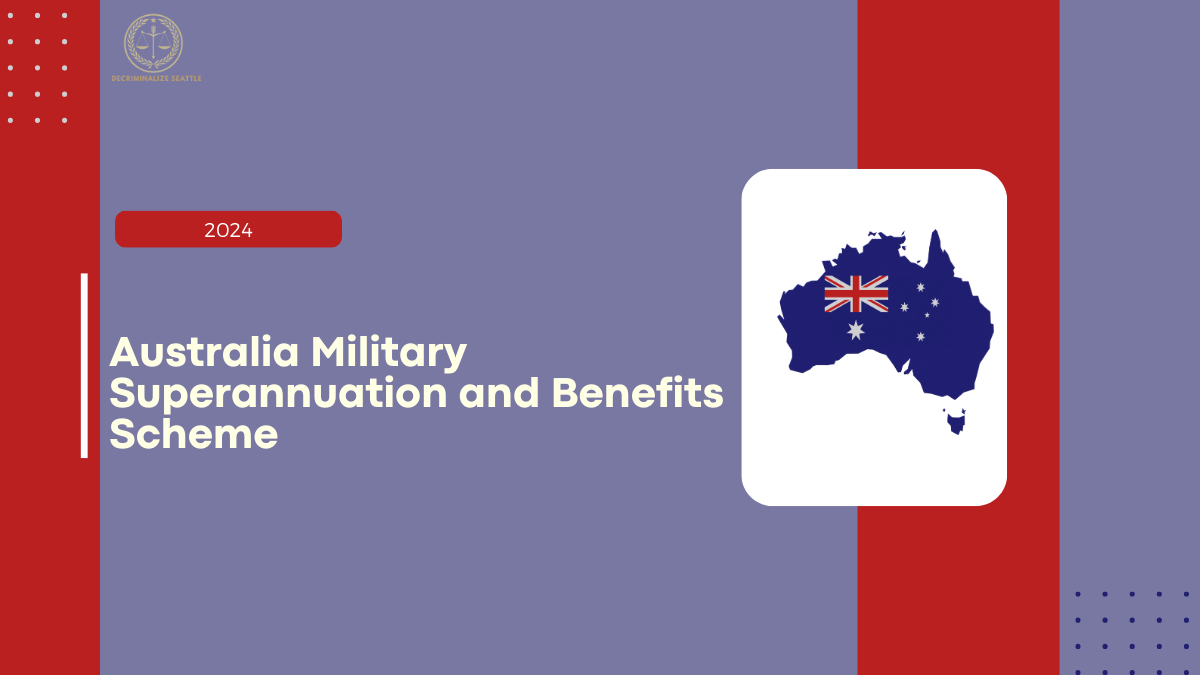The Military Superannuation and Benefits Scheme, commonly referred to as Military Super, is a retirement savings plan designed specifically for members of the Australian Defence Force (ADF). Established under the Military Superannuation and Benefits Act 1991, the scheme offers ADF personnel a combination of Accumulation and Defined Benefits, providing financial security during and after their military service.

Updates on Military Superannuation and Benefits Scheme
Members contribute a portion of their superannuation salary to the fund every two weeks, typically between 5% and 10%, which is invested to grow over time. If no specific contribution rate is chosen, it defaults to 5%. The scheme provides two primary benefits: Member Benefits, which are based on the member’s contributions, and Employer Benefits, which are calculated based on years of service and salary. While the member’s contributions grow through investment returns, the Employer Benefit is determined using a defined formula. Once members reach the Maximum Benefit Level (MBL), they are no longer able to make additional contributions unless they leave and rejoin the ADF.
One of the key aspects of Military Super is its flexibility in investment options. Members can choose between different strategies, including Cash, Income Focused, Aggressive, and Balanced options, allowing them to tailor their retirement savings approach according to their risk tolerance and financial goals.
Military Superannuation Eligibility
Eligibility for the Military Super scheme applies to all members of the ADF who joined the service on or after October 1, 1991, when the scheme replaced the earlier Defence Force Retirement and Death Benefits Scheme. New recruits are automatically enrolled in the scheme, which ensures that they begin building their retirement savings from the start of their military careers.
All contributions made by members and their employer are invested, and the value of the Employer Benefit is calculated using a specific formula: FAS x EBM, where FAS represents the Final Average Salary over the last 1,095 days of service, and EBM is the Employer Benefit Multiple, which increases based on the number of years the member has served.
The scheme is partly funded, meaning a portion of the contributions comes from both the member and the ADF, while the investment returns and employer contributions help fund the defined benefits. The total value of the superannuation account, particularly the Employer Benefit, depends on how well the selected investment options perform over time.
Military Superannuation Amount
The amount of benefit that a member is entitled to upon leaving the Military Super scheme varies based on individual circumstances such as age, years of service, and how they exit the ADF (retirement, redundancy, invalidity, or death).
- Employer Benefits are usually preserved until the member reaches the age of 55 or leaves the ADF. If the member becomes invalid or dies, these benefits may be paid earlier.
- The Employer Benefit is divided into two components: the funded portion, which grows according to the performance of the Balanced Fund, and the unfunded portion, which grows with the Consumer Price Index (CPI).
- Upon retirement, members can choose to receive their Employer Benefit in several ways: as a fortnightly pension, a lump sum, or a combination of both. The flexibility allows individuals to tailor their retirement income according to their financial needs and lifestyle.
Member contributions, referred to as Member Benefits, can only be taken as a lump sum. The total benefit amount reflects the sum of the member’s contributions, employer contributions, and investment performance.
Military Superannuation Benefits
The Military Super scheme offers three main types of benefits:
- Member Benefits:
- These are based on the member’s own contributions, which typically range between 5% and 10% of their superannuation salary (including allowances). The contributions grow over time through investment returns.
- Once a member reaches their Maximum Benefit Level (MBL), they can no longer contribute unless they leave and rejoin the ADF.
- Ancillary Benefits:
- These include additional contributions such as salary sacrifice, spouse contributions, or personal contributions. Ancillary contributions are directed to the member’s superannuation account and grow based on the Balanced investment option.
- Employer Benefits:
- Calculated using the formula FAS x EBM, Employer Benefits increase in value with each year of service. For example, if a member has a Final Average Salary of $100,000 and eight years of service, their EBM would be 1.49, resulting in an Employer Benefit of $149,000.
Military Superannuation Pension Date
Members of the Military Super scheme are automatically covered by Death and Invalidity Benefits at no additional cost. If a member is medically discharged or experiences significant injury, their benefits are determined by the extent of their incapacity, classified into Class A, Class B, or Class C categories. Typically, Class A and Class B benefits are payable.
In case of death, the benefits paid depend on whether the member dies in service, after retirement, or before receiving their Employer Benefit. These benefits are usually distributed to eligible dependents such as a spouse, children, or legal representative.
Conclusion
The Military Superannuation and Benefits Scheme is an essential support system for ADF members, offering both financial stability during service and a secure retirement. With a combination of defined benefits and flexible investment options, the scheme allows members to tailor their contributions and retirement income according to their individual needs. Whether through lump sum payments, pensions, or ancillary benefits, Military Super ensures that service personnel and their families are well-protected, both during active service and after leaving the ADF.
Click here to know more.